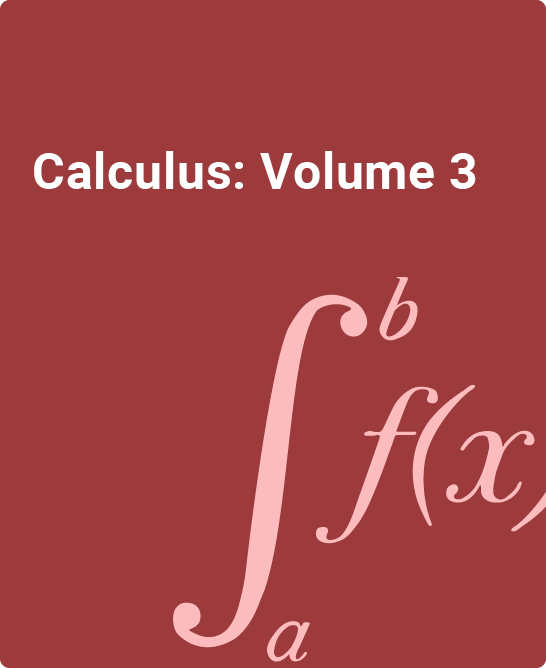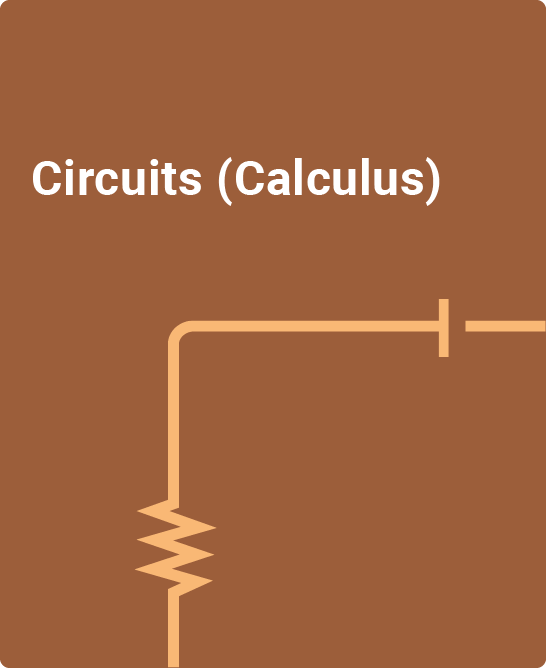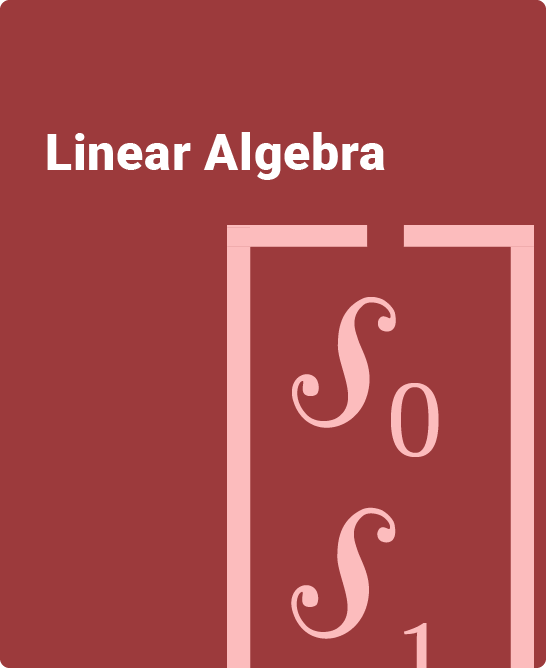Table of Contents
1. Parametric Equations and Polar Coordinates
1.1 Parametric equations
1.2 Calculus of parametric curves
1.3 Polar coordinates
1.4 Area and arc length in polar coordinates
1.5 Conic sections
2. Vectors in Space
2.1 Vectors in the plane
2.2 Vectors in three dimensions
2.3 The dot product
2.4 The cross product
2.5 Equations of lines and planes in space
2.6 Quadric surfaces
2.7 Cylindrical and spherical coordinates
3. Vector-Valued Functions
3.1 Vector-valued functions and space curves
3.2 Calculus of vector-valued functions
3.3 Arc length and curvature
3.4 Motion in space
4. Differentiation of Functions of Several Variables
4.1 Functions of several variables
4.2 Limits and continuity
4.3 Partial derivatives
4.4 Tangent planes and linear approximations
4.5 The chain rule
4.6 Directional derivatives and the gradient
4.7 Maxima/minima problems
4.8 Lagrange multipliers
5. Multiple Integration
5.1 Double integrals over rectangular regions
5.2 Double integrals over general regions
5.3 Double integrals in polar coordinates
5.4 Triple integrals
5.5 Triple integrals in cylindrical and spherical coordinates
5.6 Calculating centers of mass and moments of inertia
5.7 Change of variables in multiple integrals
6. Vector Calculus
6.1 Vector fields
6.2 Line integrals
6.3 Conservative vector fields
6.4 Green’s theorem
6.5 Divergence and curl
6.6 Surface integrals
6.7 Stokes’ theorem
6.8 The divergence theorem
7. Second-Order Differential Equations
7.1 Second-order linear equations
7.2 Nonhomogeneous linear equations
7.3 Applications
7.4 Series solutions of differential equations
8. Appendix
8.1 Table of integrals
8.2 Table of derivatives
8.3 Review of precalculus
What You’ll Find In This zyVersion:
More action with less text.
- Brings OpenStax’s Calculus Volume 3 to life with numerous interactive items
- More than 300 participation activities: animations and learning questions
- Animations bring challenging concepts to life, help students visualize
- Learning questions engage students, walking them through concepts, explaining along the way
- Motivational applications cover important topics across a variety of disciplines such as biology, business, chemistry, and more
- More than 200 end-of-section exercises
The zyBooks Approach
Less text doesn’t mean less learning.
This product provides a highly engaging, interactive approach to learning calculus topics. Concepts are taught not just through text and figures, but also through animations and learning questions. Animations help students visualize and understand key concepts. Learning questions engage students, walking them through concepts step-by-step, with thorough explanations of not only right answers, but also of wrong answers (thus helping to break down common student misconceptions, which is needed to enable learning). A key benefit of interactivity is that students learn more, and come to lecture more engaged when points are given for completing the activities beforehand. A “zyEdition” like this one adds interactive items to a base textbook, in this case to OpenStax’s Calculus Volume 3. This zyEdition can also be mix-and-matched with other zyBook products, such as Algebra or Calculus, Volumes 1 and 2.



